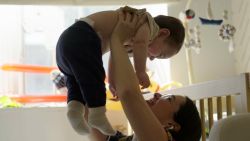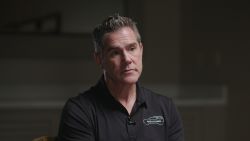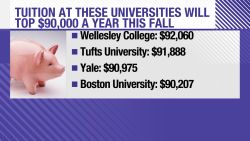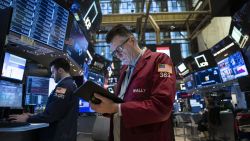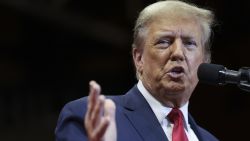American consumers are powering the US economy, even as it slowed slightly in the second quarter.
The economy grew at an annual rate of 2.1% in the second quarter, the Commerce Department announced Friday.
That’s better than economists had expected, but slower than the 3.1% pace in the first quarter.
“The main story, when looking at today’s report is that conditions remain quite strong and the odds of recession remain quite remote despite some of the clear challenges that we face,” said Russell Price, chief economist at Ameriprise Financial.
The middling result was propelled by a strong increase in consumer spending and government spending, which rebounded after the government shutdown in January. But it was dragged down by a large decrease in business investment, particularly in real estate, which had been much stronger in 2018.
Indicators of consumer confidence have diverged from measures of business sentiment in recent months, as companies have fretted about the potential implications of rising trade tensions while regular Americans have continued to benefit from low unemployment and solid wage growth.
Consumer spending was very strong, growing at a 4.3% annualized rate in the second quarter, up from only 1.1% in the prior quarter. Spending on durable goods, which includes long-lasting items like cars and furniture, was particularly strong, growing at a 12.9% annualized rate.
Personal income has been even stronger than spending, indicating that consumers aren’t overextending themselves. Consumers saved 8.5% of their disposable, after-tax income in the first quarter and that rate remained at a still-strong 8.1% in the second. “That still leaves it well above normal and suggests households have more scope than we thought to continue their newfound free-spending ways,” said Paul Ashworth, chief US economist at Capital Economics in a note to clients.
But business spending on structures, a category that includes factories, office buildings and power plants, fell at a 10.6% annual rate from the previous quarter, which some analysts noted may have had to do with a decline in energy infrastructure investment like natural gas pipelines as commodity prices have sagged.
The sluggish housing market also deflated the report, with residential investment falling for the sixth straight quarter. And investment in transportation equipment — a category that includes Boeing’s production troubles — shrunk, shaving 0.14 percentage points from the overall number.
As expected, the factors powering last quarter’s growth — a buildup in business inventories and a fall in imports — reversed dramatically this quarter. Exports, which add to US economic growth, shrunk at a 5.2% annual pace, as compared to the previous quarter.
The shape of economic growth also changed slightly over the past few years, as the Bureau of Economic Analysis revised back five years of data. The economy now looks stronger in 2017 than it was before the revisions, for example.
As for the second quarter of 2019, the better-than-expected 2.1% headline number is not likely to provide additional reason for the Federal Reserve to cut interest rates at its meeting next week, as it has signaled it might do.
A key measure of inflation, the core personal consumer expenditures price index, which excludes spending on food and energy, rose at an annualized rate of 1.8%. That’s still below the Fed’s 2% target, but it’s the highest number since the third quarter of last year.



